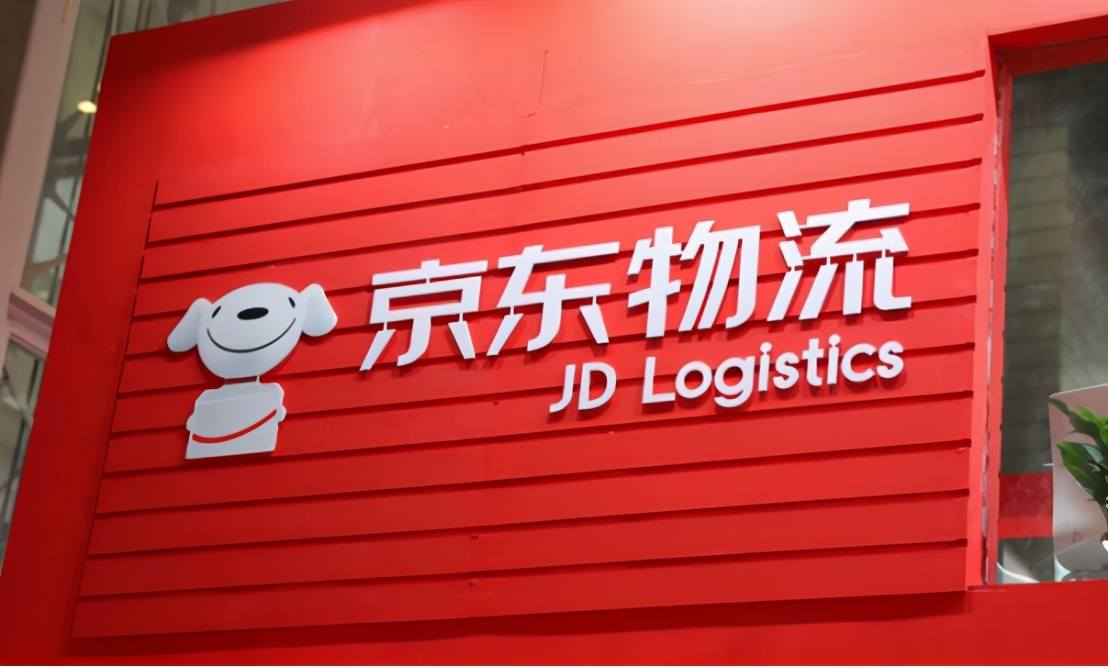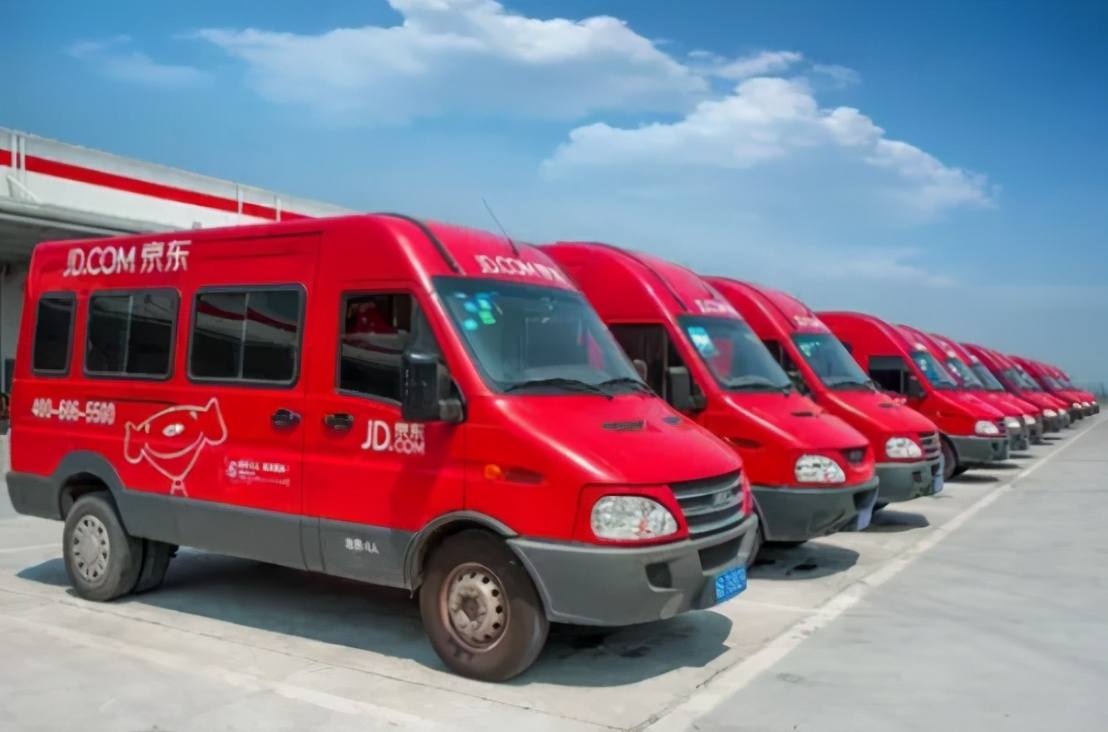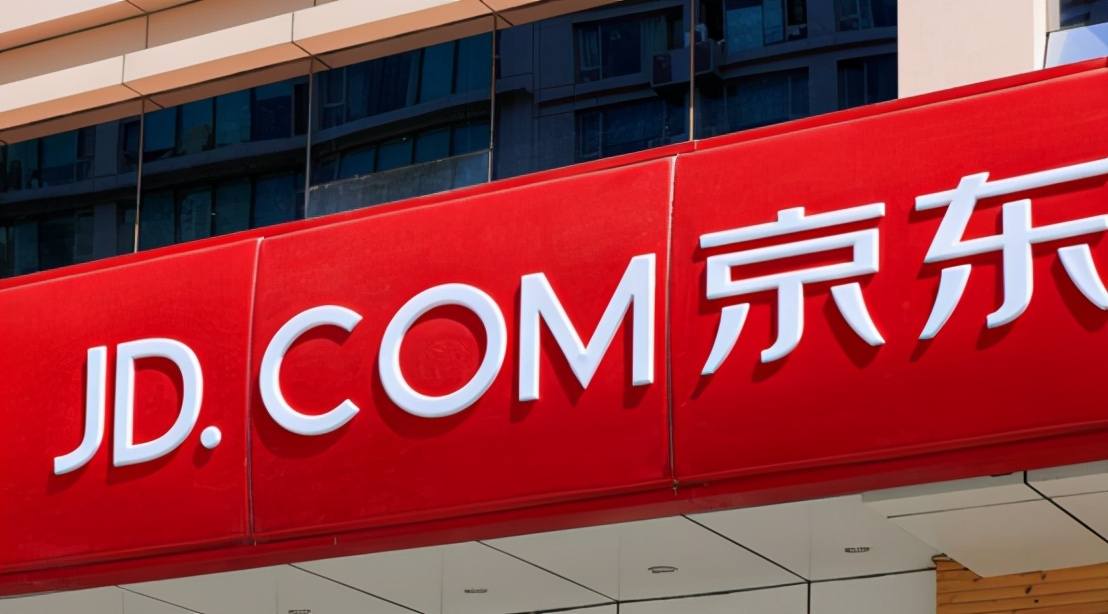What other story can JD Logistics tell?
Recently, JD Logistics is gaining momentum in the capital market.
In this Hong Kong IPO, JD Logistics’ global public offering totals 609.2 million shares. The public offering period is from May 17 to May 21. The price range is from HK$39.36 per share to HK$43.36 per share. The subscription is easy on the first day. Exceeded expectations. On May 28, JD Logistics will be listed on the main board of the Hong Kong Stock Exchange and become the third listed subsidiary of JD Group.
External analysis believes that JD Logistics is expected to become the second-highest new stock in Hong Kong stocks from 2021 to the present, second only to Kuaishou at HK$42 billion. After the company is listed (before the use of green shoes), the expected market value will reach approximately HK$239.8 billion to HK$264.1 billion.
After helping JD.com build up its core competitiveness, JD.com Logistics has also started its own way to go public. How can JD.com go public? Faced with strong enemies such as SF Express, how far can JD Logistics go after it goes public?
Why does JD Logistics maintain high revenue growth?
JD Logistics Group was formally established on April 25, 2017. Until 2020, JD Logistics has provided services to more than 190,000 corporate customers, covering fast-moving consumer goods, clothing, home appliances, furniture, 3C, automobiles and fresh food, etc. industry.
In terms of revenue, JD Logistics has grown significantly. According to the prospectus of JD Logistics, the revenue of JD Logistics in the first three quarters of 2020 reached 49.5 billion yuan, a year-on-year increase of 43.2%. This figure was 37.9 billion yuan and 49.8 billion yuan in 2018 and 2019, respectively. Compared with the 31.6% year-on-year growth rate in 2019, it has maintained rapid growth.
Why can JD Logistics maintain such a high-speed growth after splitting its operations?
(1) Unique “integrated warehouse and distribution service”. Before the consumer’s order has not been traced, the goods have been sent from the factory to the JD logistics warehouse through mainline logistics or branch logistics. Based on the forecast of consumer demand, JD Logistics will then allocate all kinds of goods to the most ideally located “Regional Distribution Center” (RDC) or “Front End Logistics Center” (FDC).
After the consumer places the order, the goods are shipped out of the RDC/FDC closest to TA and sent to 7One of the 280 distribution stations (stores), one of the 190,000 Jingdong brothers completes the “last mile delivery”.
The prospectus documents disclosed that 90% of JD.com’s orders can be delivered on the same day or the next day. The “integrated warehouse and distribution service” enables JD Logistics to have a “speed” advantage that other express delivery can’t reach, and also allows JD Logistics to quickly stand out from the crowd. . At present, 80% of JD Logistics’ revenue comes from the “integrated supply chain service” developed around the JD e-commerce platform.
(2) Backed by JD.com, the model of “storage on behalf of transportation”. JD Logistics was born for the service of JD e-commerce. In order to differentiate itself from Alibaba, JD.com has started its own logistics. The core of JD Logistics is the “storage on behalf of transportation” model
In other words, for other companies, consumer orders are the first, logistics companies take the parts later, while JD Logistics relies on huge warehouses to take the parts in advance, and then dispatch them in the first time according to consumer orders. This is the biggest advantage of the “storage on behalf of transportation” model.
Many people think this model is very simple, isn’t it just a self-built warehouse? Actually it is not. For ordinary logistics companies, without Jingdong’s rich operating experience and algorithm optimization, the accuracy of predicting consumer demand is not enough, and it will only waste manpower and material resources.
Secondly, backed by JD.com, JD Logistics has no shortage of sales outlets. As an established e-commerce platform comparable to Alibaba, JD.com has strong sales capabilities. In 2020, H1 self-operated business sales will reach 331.1 billion yuan, so JD Logistics has no worries, and other logistics companies really can’t do it. .
At present, JD Logistics owns 800 warehouses with an area of approximately 20 million square meters. In addition, there are 1,400 “cloud warehouses” operated by partners, with 17 million square meters of leased properties. As of the end of June 2020, Jingdong Group’s net inventory value reached 54.8 billion.
It can be said that the “integrated warehousing and distribution service” and “storage and transportation” models have formed the moat of JD Logistics, which is also the basic logic of JD Logistics’ rapid growth, and it is also the basis for JD Logistics to win the favor of capital. So, as the listing is imminent, what hidden dangers does JD Logistics face?
After 14 years of loss, what are the hidden dangers of JD Logistics after its listing?
As a JD that has been in the logistics industry for more than ten yearsIn terms of logistics, JD Logistics still has many problems after its listing.
(1) Continuous losses for 14 consecutive years. For a long time, JD Logistics has been at a loss. According to the prospectus, JD Logistics lost 2.8 billion yuan, 2.2 billion yuan and 11.7 million yuan in 2018, 2019 and the first nine months of 2020, respectively.
Be aware that among the express delivery companies currently listed, JD Logistics is the only one that is still losing money. No matter how good a company is in a certain area, continuous losses will make capital uneasy.
(2) Revenue is too dependent on JD.com. In the revenue of JD Logistics, JD Logistics divides customers into “integrated supply chain customers” and “other customers” according to whether customers use JD Logistics warehousing/inventory management services.
JD Group is undoubtedly the largest “integrated supply chain customer” and the largest customer of JD Logistics. In 2018 and 2019, it contributed 26.5 billion and 30.7 billion in revenue, respectively. Jingdong Group accounted for 77.8% and 73.3% of the revenue of “integrated supply chain services”; in the first three quarters of 2020, Jingdong Group contributed 28.1 billion of “integrated” revenue , Accounting for 73.2% of this category of revenue and 56.6% of total revenue.
Moreover, JD.com currently indirectly holds 79.12% of JD Logistics. If the total transaction volume of JD’s e-commerce companies declines, JD’s logistics service demand will decrease accordingly. What’s more, many “external customers” are third-party sellers on the JD e-commerce platform.
Once out of the shelter of JD.com, how competitive JD Logistics will be after listing remains unclear. But it is not easy to grab business from SF Express and Tongda Department.
(3) JD Logistics has a low gross profit margin. JD Logistics has a gross profit of 3.4 billion in 2019 and a gross profit margin of 6.9%, which is a relatively low figure for express companies. Compared with SF Express, SF Express’s gross profit and gross profit margin were 19.5 billion and 17.4% in the same period. Even in the first three quarters of 2020, JD Logistics’ gross profit margin was only 10.9%.
So, why is the gross profit margin of JD Logistics so low?
Actually, this is inseparable from JD Logistics’ “storage on behalf of transportation” model. Self-built warehouse costsJD Logistics has huge rental costs, and trunk/branch line transportation is highly dependent on outsourcing. Its cost structure determines that its gross profit margin is difficult to be high, and the situation is difficult to easily reverse. So, after listing, what new opportunities can JD Logistics face?
What other story can JD Logistics tell?
According to a 36kr report, the valuation of JD Logistics may reach about 40 billion U.S. dollars, or about 260 billion yuan.
At present, among the domestic express companies, except for the market value of the leading company, SF Holdings, which exceeds 500 billion yuan, the market value of the four “three links and one delivery” is below 50 billion yuan. If JD Logistics is really as expected, the market value is 40 billion yuan. U.S. dollar, then JD Logistics will firmly take the second place in the “express industry”.
So, how does JD Logistics compare with the leading company SF Express?
In terms of revenue, JD Logistics currently has less than half of SF Express’s revenue. JD Logistics’ revenues in 2018 and 2019 were 37.9 billion yuan and 49.8 billion yuan, respectively. In contrast, SF Express’s revenue in the same period was 90.942 billion, 112.193 billion and 109.593 billion. In the first three quarters of 2020, JD Logistics’ revenue was 49.5 billion, and SF’s revenue was 109.6 billion in the same period. The gap is still obvious.
JD Logistics is also more than a little bit behind SF Express in terms of trunk line transportation strength. As of the end of 2020, JD Logistics’ self-operated transportation fleet has 7,500 trucks and other vehicles (the number of JD stores is 7,280, with an average of one store and one vehicle). And SF Express has 100,000 trunk/branch line transportation vehicles and 43,000 terminal delivery vehicles.
JD is even worse than SF Express in air transportation. As of the end of 2019, SF had 58 self-operated all-cargo planes, 13 leased all-cargo planes, and 73 routes, with a total of 2,102 all-cargo planes plus bulk airlines, 4,234 daily flights, and a total annual shipment volume of 1.35 million tons. The air freight of JD Logistics is basically silent.
Although there is a gap with No. 1, JD Logistics wins at a strong growth rate. In the first three quarters of 2020, the growth rate of JD Logistics increased to 43.2% year-on-year; compared with SF Express’s 39.1% in the same period.
But since Jitu upset the situation as a dark horse last year, the price war in the logistics industry has been fierce. Many express companies have reported financing or secondary listings, which has also put pressure on JD Logistics.
For this reason, JD Logistics is also trying every means to improve its own ecology and enhance its competitiveness, in an attempt to tell a new story after it goes public.
(1) Layout air transportation to make up for shortcomings. JD Logistics wants to compete with SF Express, so it can’t lose in “air freight”. In order to quickly make up for the shortcomings of air transportation, JD Logistics decided to acquire. In August last year, JD Logistics acquired Leap Express at a consideration of 5.4 billion yuan, realizing the “air cargo route” from scratch. At present, most of the 620 air cargo routes owned by JD Logistics are from Leap Express.
(2) Betting on “Zhongyou” to enhance the strength of the sinking market. JD Logistics is benchmarking “SF Express”, both of which adopt a direct operation model for high-end users, but at the same time, JD Logistics has not let go of the sinking market.
“Zhongyou” is the brand of JD Logistics that focuses on small e-commerce parcels, and it is also designed to attack Tongda e-commerce. Among the nearly 50 billion revenue of JD Logistics in 2019, Zhongyou has about 6 billion revenue.
In the future, there is still broad room for development in the sinking market. And JD Express, which faces the pressure of performance growth, will spare no effort to strengthen this part of the market.
(3) Improve technical strength and focus on improving transportation efficiency. Technical superiority may play a decisive factor in the future “logistics war”. For this reason, JD Logistics does not dare to relax its investment in this for a moment.
In the past three years, JD Logistics has continued to increase its investment in technology research and development. In the 11 quarters from 2018 to the third quarter of 2020, JD Logistics’ cumulative technology investment reached 4.6 billion, showing a continuous growth trend. During this period, Jingdong’s logistics technology investment accounted for an average of 3.4% of its revenue during the same period, leading the industry.
In the future, JD Logistics will adopt 5G, artificial intelligence, big data, cloud computing and the Internet of Things and other underlying technologies to continuously improve the company’s capabilities in automation, digitalization and intelligent decision-making. In key logistics operations such as warehousing, transportation, sorting and distribution, advanced unmanned technology and robots are used to improve efficiency.
According to the Insight Consulting Report, the market size of the integrated supply chain logistics service industry is expected to increase from RMB 2 trillion in 2020 to RMB 3.2 trillion in 2025, with a compound annual growth rate of 9.5%, approximately During the same period, China’s logistics expenditure growth rate was 1.8 times, and the market still has broad room for development in the future.
For JD Logistics, the spin-off is not the end point, but a necessary process of “weaning”. Forcing JD Logistics to reduce its dependence on JD Group and focus on markets other than its own e-commerce products, but as to how far JD Logistics can go, it also needs to see whether it can tell the capital market a new story after listing.
Author of this article: Ning Que
The source of the article: Songguo Finance, please indicate the source for reprinting


